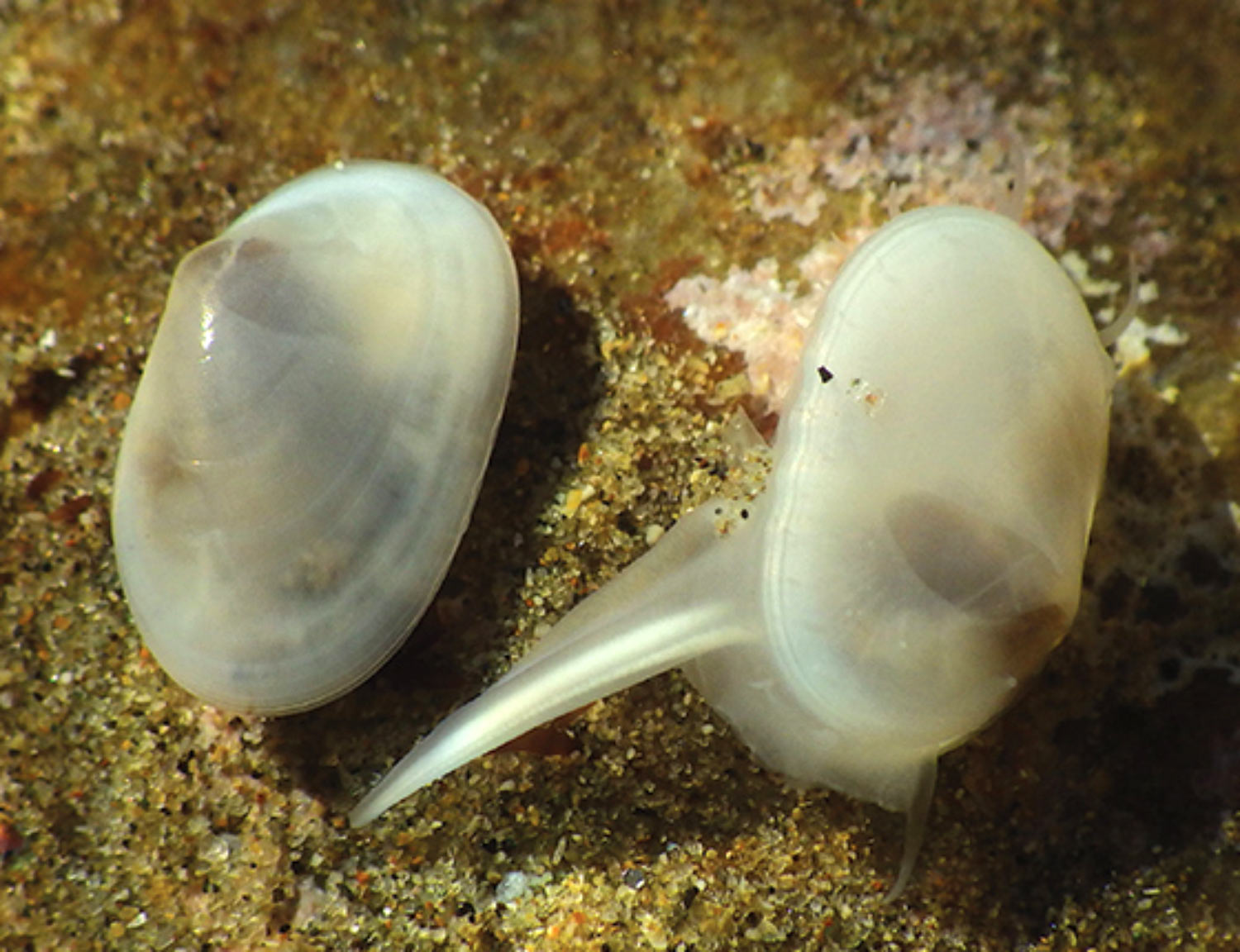Scientists In Disbelief As Clam Thought To Be Extinct For Almost 40,000 Years Suddenly Returns
Researchers have time and again proven that not every species believed to be extinct are actually extinct. Some have simply stayed out of our sight for way too long that scientists presume them to be no longer living species on Earth.
So, when a clam once thought to be extinct for over 40,000 years was spotted in 2018, it surprised the world. Fascinated by the rediscovery, the news was celebrated by scientists around the globe. Here are some interesting facts about the clam and other species that have come back from the grave.
Found Only as a Fossil
The most fascinating part about finding this particular clam species was that the scientists only knew it as a fossil. It was left behind multiple centuries ago, and the researchers were surprised beyond measure to find it on an American shoreline.
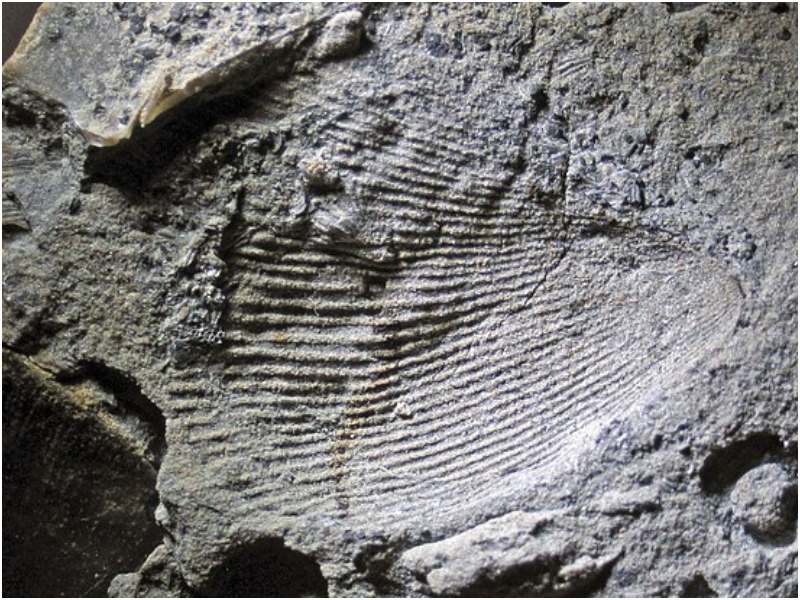
Source: James St. John / wikicommons
For decades, scientists have scoured the Californian shoreline, searching for nudibranchs, other vertebrae, and sea slugs for research studies. This little translucent clam hid away from the spotlight in its rocky intertidal zone. It’s a wonder they found it at all.
Spotting the Clam
It’s always been celebrated when the scientific community accidentally rediscovers a species long believed to have been lost to the world. In 2018, Marine ecologist Jeff Goddard was doing his regular study of sea slugs in tide pools off the California coast when he spotted something white.

Source: Penny Higgins / wikicommons
Since he wasn’t familiar with its shape and structure, the scientist looked closer. It was a small translucent bivalve roughly about 11 mm long. For some reason, he was excited about the accidental sighting.
The Physical Appearance of the Critter
When Goddard first spotted the marine creature, it appeared as two odd-looking white specks in the pool of water. It was so tiny one could have easily missed it. Since he was trained to look for something that others wouldn’t spot, it caught his eye.
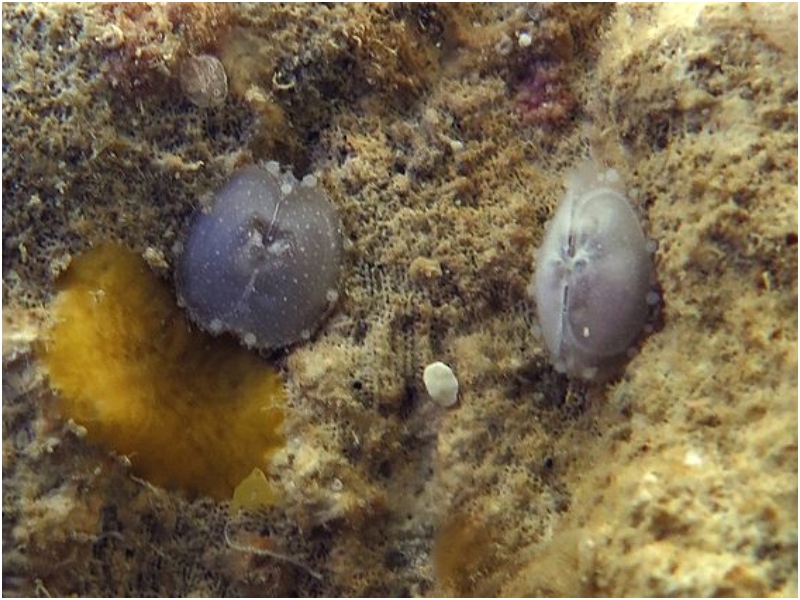
Source: Philippe Bourjon / wikicommons
The fact that he couldn’t identify the species immediately made him curious about his find. His intense scrutiny revealed that it was about 10 millimeters in length, but it grew a foot longer than its shell when it expanded and started waving its white-striped body.
Photographed the Evidence
As is the norm, Goddard knew better than to disrupt the clam, even though he was extremely curious about it. Instead, he photographed the specimen and excitedly shared the images with his colleague, Paul Valentich-Scott. As a Curator Emeritus of Malacology working in the Department of Invertebrate Zoology at that time in the prestigious Santa Barbara Museum of Natural History, he has been studying bivalve mollusks for over four decades.

Despite his knowledge of clams, Paul couldn’t recognize this particular one from the image sent by his fellow scientist. He wanted a physical specimen to determine what it was.
The Tough Task of Capturing a Live Clam
Now that they needed a live specimen of the clam in hand to identify the species, Goddard returned to the California tidal pools to retrieve one. If only it were that easy! The critters had disappeared, and the disappointed ecologist spent months revisiting the area for them.
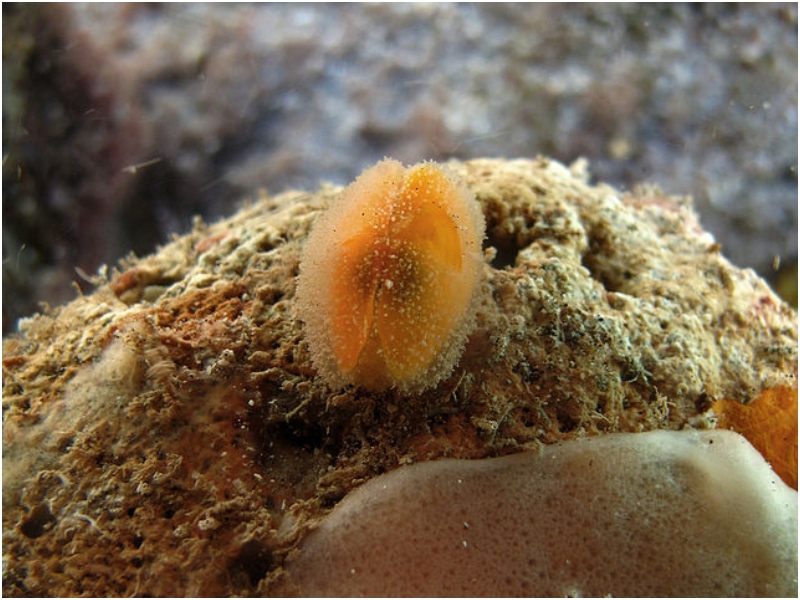
Source: Philippe Bourjon / wikicommons
He searched for them during the low tides; his energy waned, but he continued his intense search for the clam. Finally, a year later, he found them and captured four specimens for research. Scientists could now study them enough to find out more about the species.
At the Threshold of New Discovery
The news that his expert friend had failed to identify the species had previously thrilled Goddard. Both knew they were at the threshold of making a new discovery, which excited them. After all, new discoveries were the reason they were in science, and the possibility of this marine critter coming back from the d$$d seemed pretty high.

Source: T.Voekler / wikicommons
With the live specimen in the museum after months of intense search, the colleagues were excited about the prospect of finding the name of the species that has been alluding to them for the past year.
Identifying the Clam
The scientists spent hours scouring the fossil record at the museum to compare their finds with all the available specimens. Once he was certain they had spotted a new species, Paul gave himself up to the daunting task of tracking through all the scientific literature dating back to the 18th century.
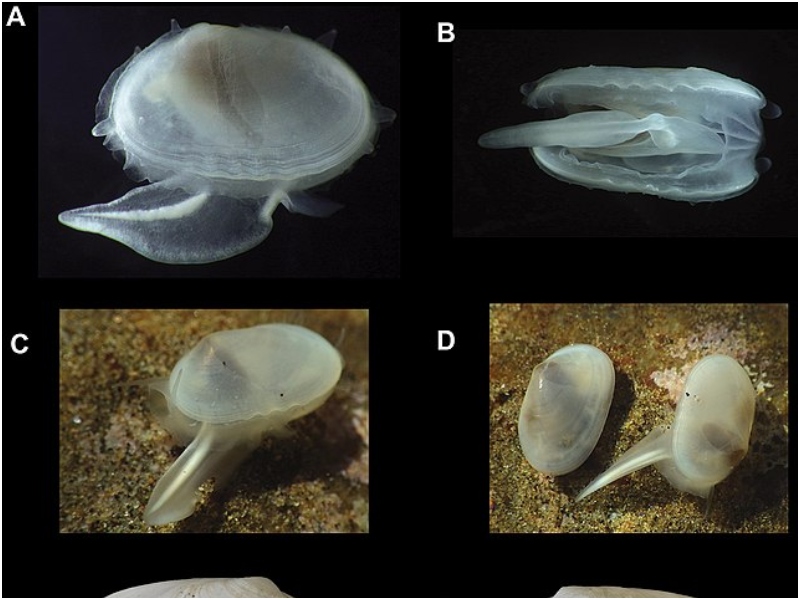
Source: Paul Valentich-Scott / wikicommons
Given his experience, the task went seamlessly, and the two finally came upon an illustration of a fossilized clam from 1937. They could, at last, put a name to the species.
Named After Edna Cook
The clam was strikingly similar to paleontologist George Willett’s description of the illustration based on the discovery of the clam by Edna Cook, an amateur shell collector in the Baldwin Hills of Los Angeles. Initially classified as Bornia cooki by scientists, the genus name has since changed to Cymatioa, and the new species has been named Cymatioa cooki in honor of her.
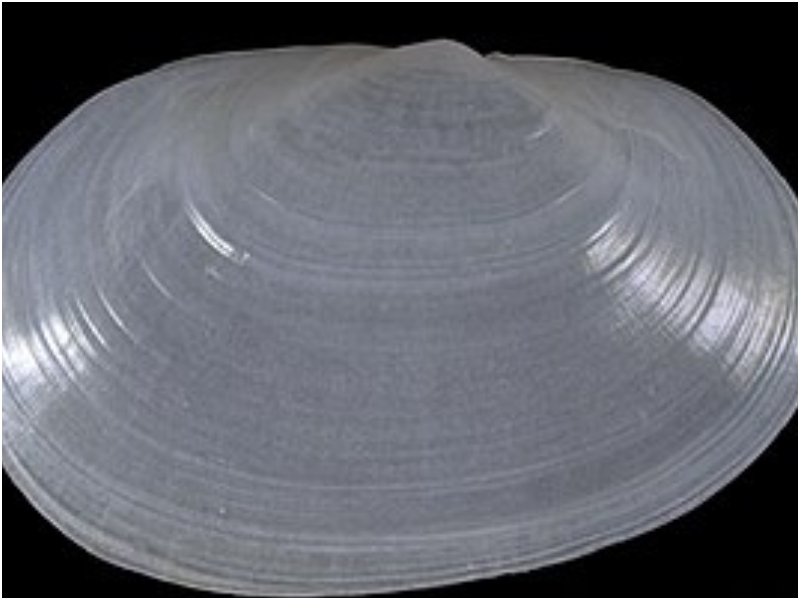
Source: Albano PG, Steger / wikicommons
It was determined to belong to the late Pleistocene era dating back to around 36000 years ago when the sea levels were known to rise higher into the islands than they do now.
Eluded Discovery by the Scientists
Jeff Goddard, to date, has a hard time believing that Cymatioa cooki had eluded notice by the scientists for as many years as it did. It was all the more a miracle since it was spotted in an area often combed meticulously by the scientific community.

Source: Urcomunicacion / wikicommons
For decades, the Southern California coastline has been a hotbed of research for hardened professionals who are experts at sighting hard-to-find micro-mollusks. How did this minuscule marine critter with its cute shells escape the notice of keen-eyed scientists for ages?
World's Most Documented Region
The rocky intertidal zone of Central and Southern California has been an area of extensive research by scientists for decades. The invertebrates inhabiting the regions are one of the most studied and well-documented in the world, especially by marine biologists who take immense interest in identifying and studying the bivalve mollusks in the waters.
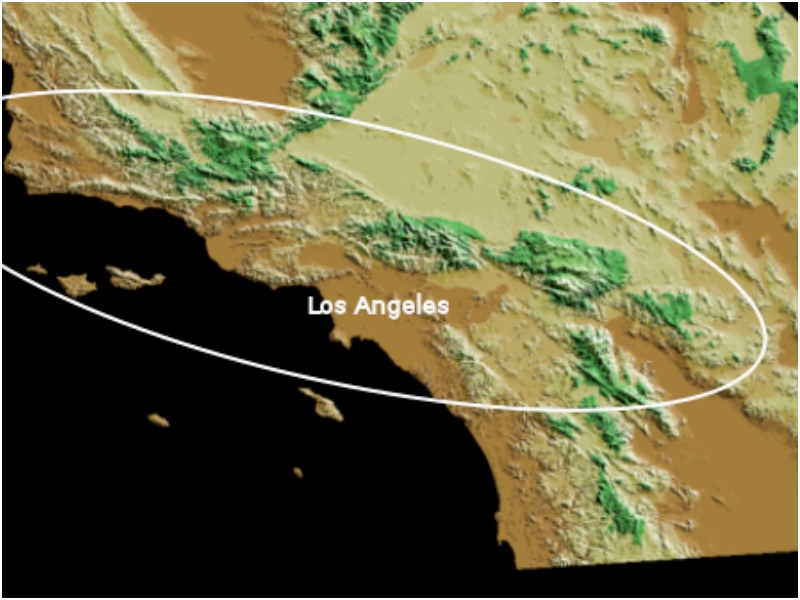
Source: USGS / wikicommons
So, the discovery of Cymatioa cooki, belonging to the genus they have little to no prior knowledge of, must have shaken the scientists to the core. Only subsequent research has shed some light on this specific species.
Preferred Habitat of the Clam
Since the discovery of this specific live species of clam is relatively recent, people have yet to learn about their preferred habitat. They suspect their natural surroundings to be the remote regions of Southern Baja in California. The researchers are still analyzing why the species moved away from there in the first place and why they returned.

source: NASA / wikicommons
Speculation is rife that the clam larvae got washed away towards Santa Barbara by the marine heatwaves. The researchers believe that it only recently returned to the Californian shores somewhere around the mid-2010s, a few years before it was spotted by Goddard.
Not the First Rediscovery
Fortunately or unfortunately, the rediscovery of the Cymatioa cooki has been a while since the scientific community has stumbled upon something presumed extinct for several centuries. Rest assured, they are always looking for something new or ancient, long-forgotten creatures resurrecting themselves from the d$$d.
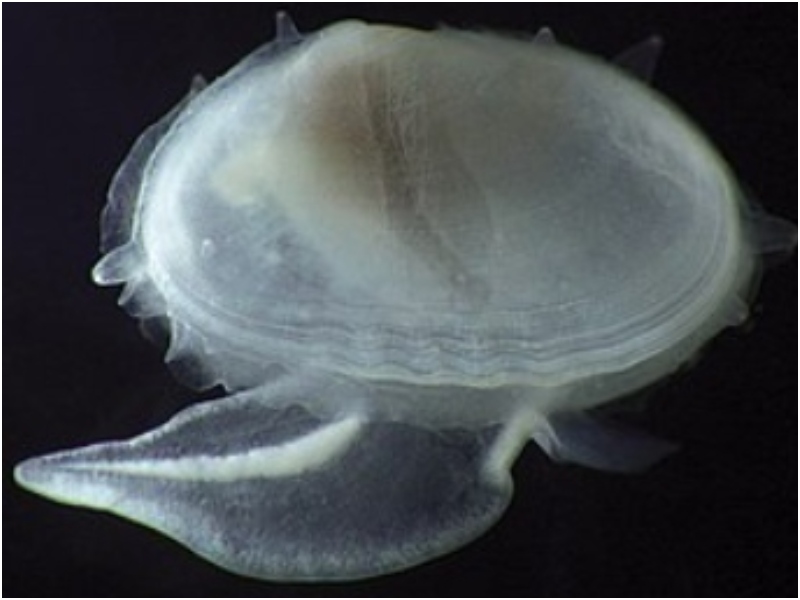
Source: Paul Valentich-Scott / wikicommons
There is an entire list of these stunning fossil-to-living species that have stirred the interests of scientists the world over. We’ll look at some of those fantastic creatures in a bit but first, let’s find out what they are called.
The Meaning of Lazarus Taxa
The rediscovery of Cymatioa cooki places the species in the august company of marine creatures with a similar history, all grouped together as Lazarus Taxa. Paleontologists David Jablonski and Karl Flessa coined the term Lazarus Taxon to refer to the organism – single species or an entire group that has reappeared from presumed extinction.
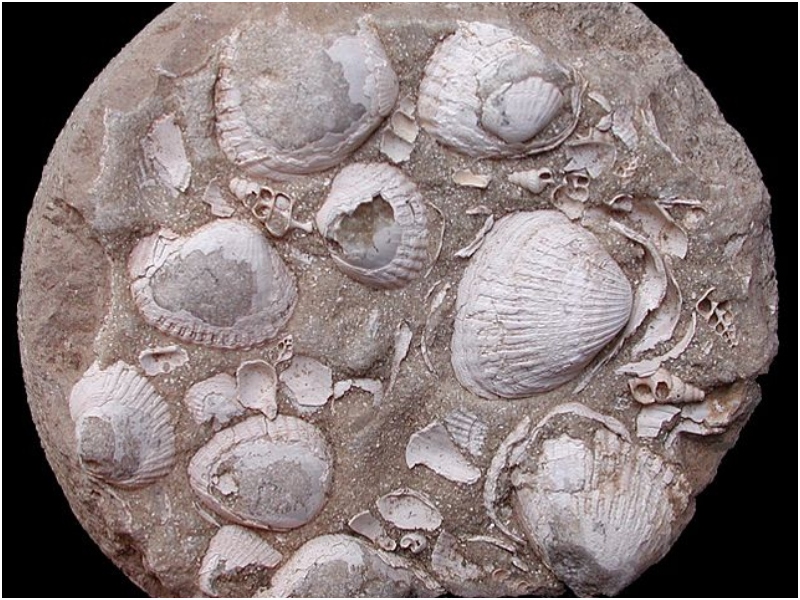
Famous among those is an ancient form of fish called Coelacanth, believed to be extinct for over 65 million years. It turned up in a South African fish market not too long ago.
The Indomitable Lazarus Effect
Quite often, an ancient species is wiped off the fossil record, and it remains extinct for one or two periods before they make a reappearance in another era. In some rare cases, the taxon believed to be extinct is rediscovered among the living biota, making it a truly remarkable find for the scientific community.
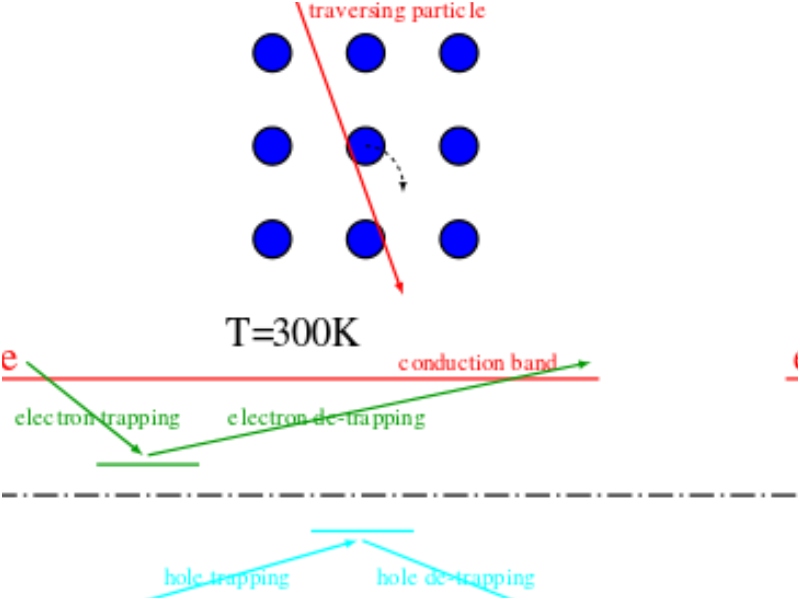
Source: Vittorio Palmieri / wikicommons
This phenomenon is similar to the New Testament biblical story wherein Lazarus was raised from the d$$d and hence the biologists deemed it fit to call it the Lazarus Effect.
How Often Are Extinct Species Rediscovered?
Every year, numerous species once believed to have been extinct are rediscovered, most often by accident, while scientists are busy looking for something else for their studies. Over time, the number of species discovered each year has increased tremendously, and the majority of those have been documented for the first time since their original descriptions as fossils.
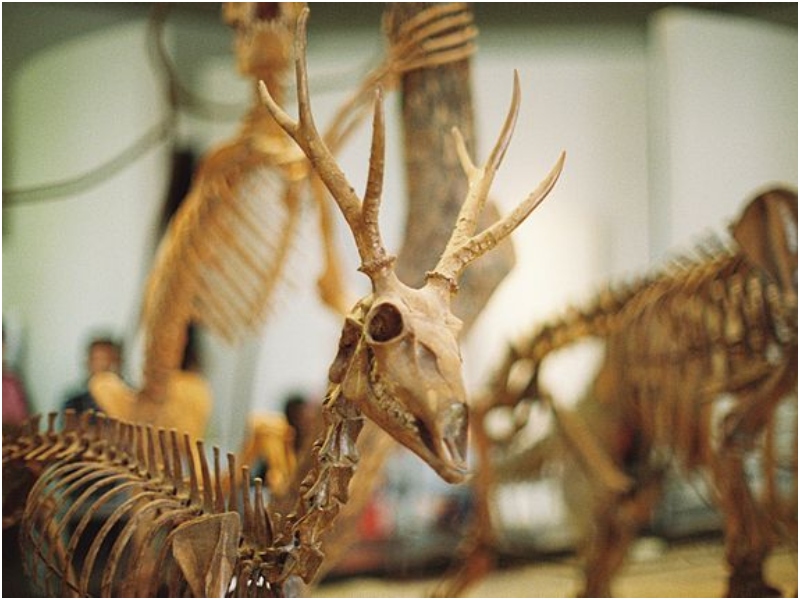
Source: Joseph Bylund / wikicommons
In the last 122 years, over 350 such rediscoveries have been made, and most of them are found in small populations with a limited range of presence. Here are a few notable finds belonging to the Lazarus Taxa.
The Notorious Coelacanth
When speaking of Lazarus Taxa, the first species that comes to mind is the notorious Coelacanth. It was believed to have gone missing from the surface of Earth 65 million years ago, around the same time the dinosaurs did.
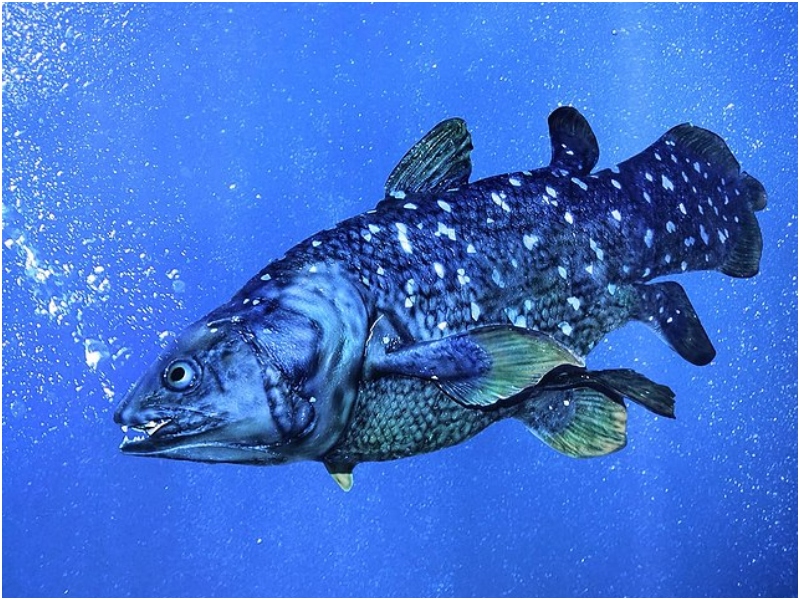
Yet, to everyone’s utter disbelief, one was found in the West Indian Ocean in 1938 and another on the Indonesian coast six decades later. Both were six feet long and weighed nearly 200 pounds. Considering how large they were, it was a miracle no one had spotted them before.
Nocturnal Rodent Cuban Solenodon
Regarded as one of the few venomous mammals still roaming the Earth, Cuban Solenodon is known to hunt insects. Native to Cuba, they were written off as extinct in 1970, only for the researchers to find them again four years later. There are two species of Solenodon in existence today – the Cuban and the Hispaniolan.
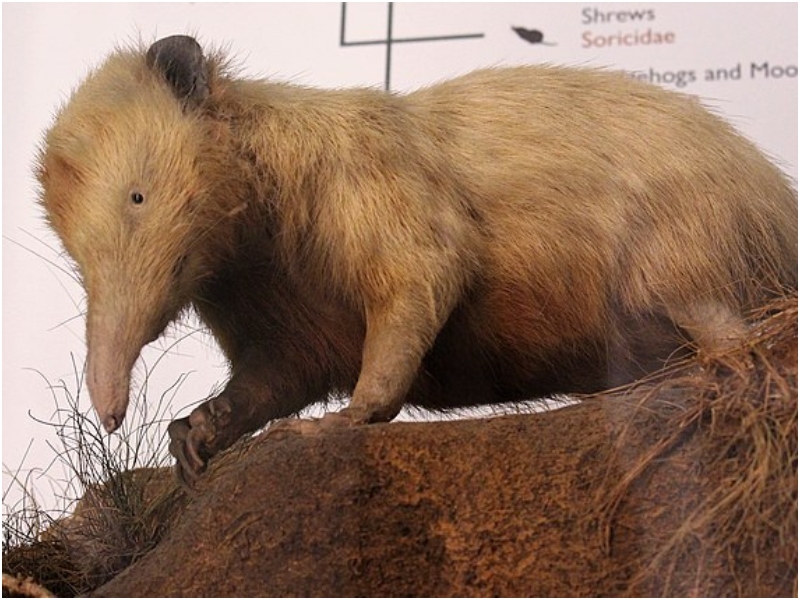
Source: Emőke Dénes / wikicommons
Unfortunately, in the ’80s, the Cuban nocturnal rodents were placed on the endangered species list, and their population has been steadily waning. Their natural habitat has been under constant threat from many invasive species, including the Asian mongoose.
The Comeback of Fernandina Island Tortoise
Scientifically known as Chelonoidis phantasticus, the Fernandina Island tortoise was thought to be lost to the world for over 100 years but was found to be well and alive as recently as 2019. The beautiful 50-year-old female tortoise was spotted in the Northwestern parts of Fernandina Island’s volcano.
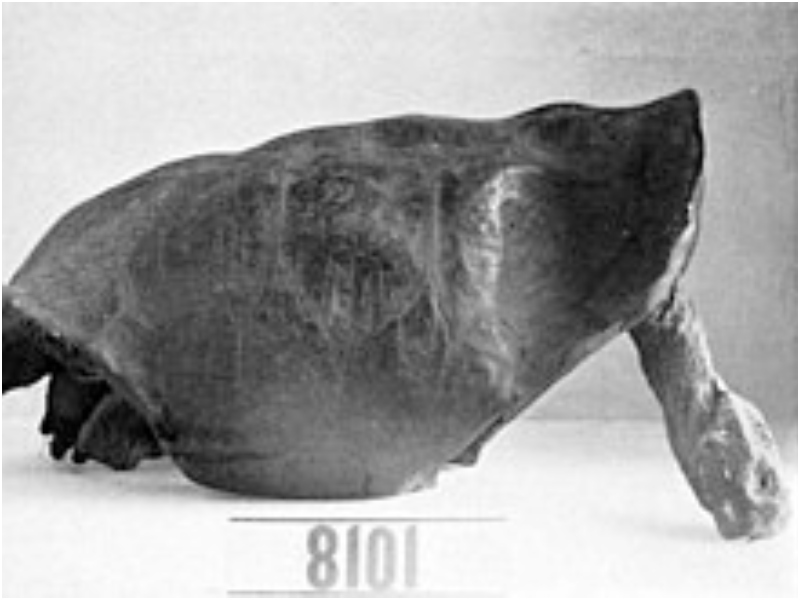
Source: John Van Denburgh / wikicommons
There’s evidence that there are at least two more living close to where the researchers found her. Interestingly, her genome sequencing suggests that she is related to the tortoise found in the early 1900s, even though this one’s growth seems to be stunted.
The Ant Species Gracilidris
When small creatures that burrow themselves deep during daylight and venture out only at night, such as the Gracilidris ants, it’s easy for the scientific community to assume they don’t exist anymore. Known to the world only as an amber-fused Fossil, it was believed to be extinct for 15 million years.
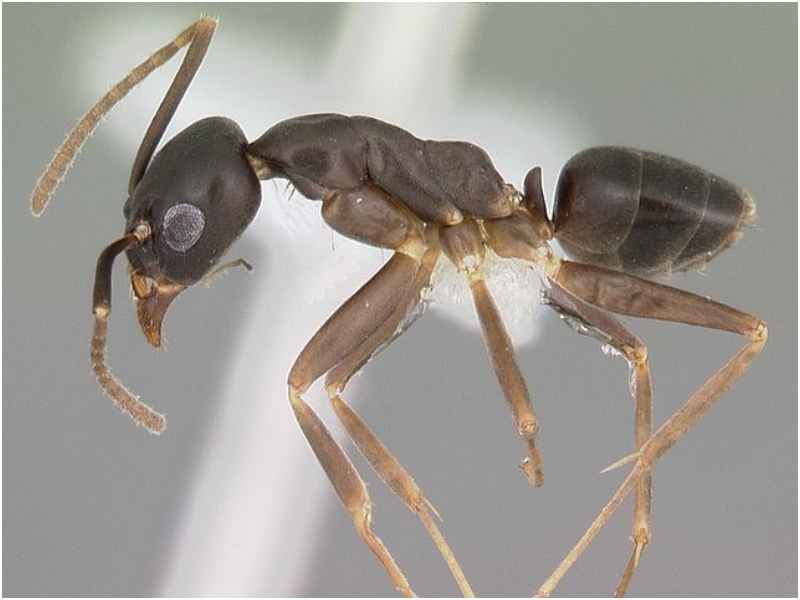
Source: April Nobile / wikicommons
Imagine the shock when the species made their presence felt throughout South America in 2006. Displaced mainly due to logging, the Gracilidris pombero came out into the open in droves in the foothills of the Colombia Amazon Basin.
The Mighty Cross River Gorilla
Before we rejoice that the Cross River Gorilla, once considered extinct since the early 1900s, was found again in 1987, let’s remember that the species was left unnoticed and unstudied for decades. Sadly, there are only around 300 of them left in the world.
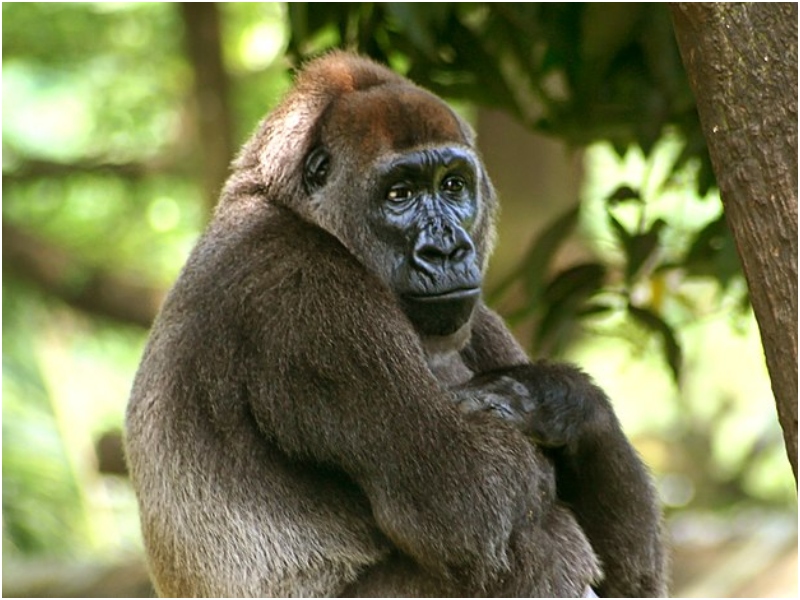
Source: Julielangford / wikicommons
Though the numbers have been dwindling, the African government has taken adequate measures to increase its population. They have been placed on the critically endangered species list. Hopefully, we don’t have to say goodbye to them yet.
New Guinea Big-Eared Bat
The differences between the regular bats and the New Guinea Big-Eared Bat are so subtle, which is probably why they have escaped notice for so long. A Bat expert could tell them apart by their curved nose and the abnormal size of their ears.
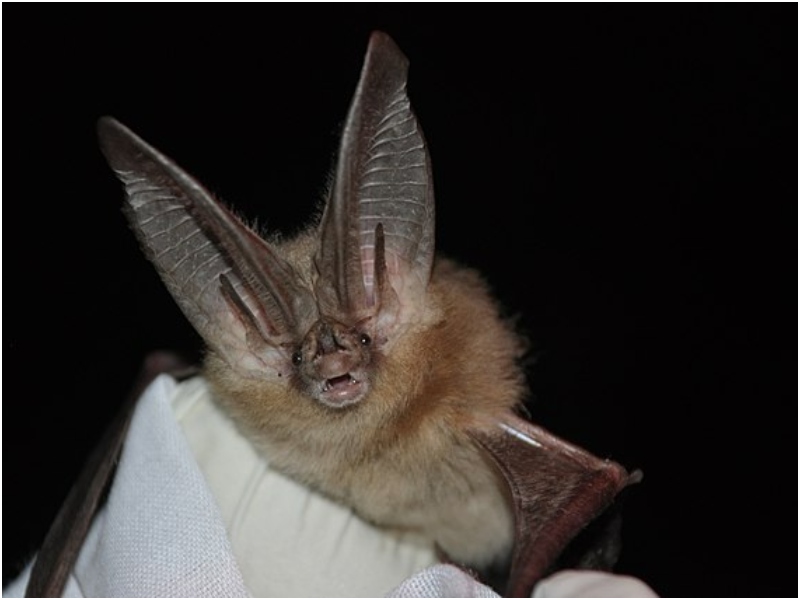
Source: U.S. Fish and Wildlife Service Headquarters / wikicommons
First discovered in the late 1800s, it was part of the extinct species list until researchers accidentally stumbled upon one in 2012 while analyzing the effects of logging on microbats. It’s a miracle that the Pharotis imogene species stayed hidden for over 100 years.
The Australian Night Parrots
If you ever come across an Australian Night Parrot, rest assured you’d never forget how bright and beautiful it looks. The cute little birdies were nowhere to be found in the early 1900s, and in 1912, they were written off the official records as extinct.
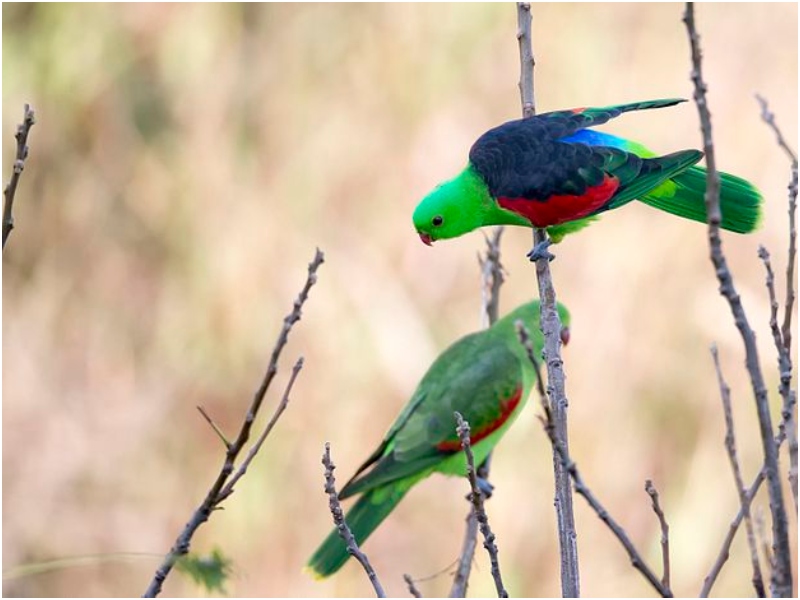
Source: Jim Bendon / wikicommons
The scientific community firmly believed the foxes and the cats were responsible for their extinction until someone found a dead one in 1990. It led to a naturalist named John Young spending the next 15 years searching for a live one, which he did in 2013. Sadly, they are considered an endangered species.
The Fiery Bermuda Petrel
Considered extinct since the 1600s, the Bermuda Petrels were discovered 300 years later in the Castle Harbor islets of Bermuda; precisely ten nesting pairs were spotted. They were so frighteningly noisy that the European explorers dubbed the place an island of demons.
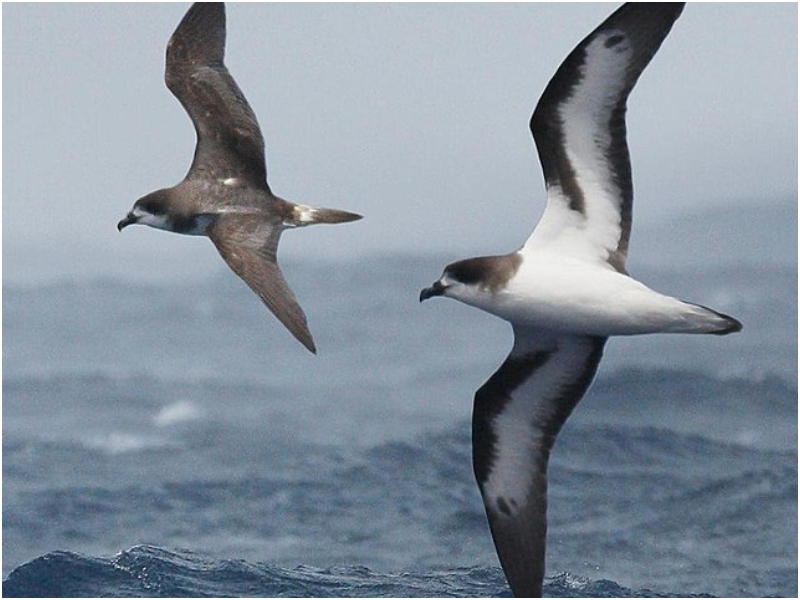
Source: Richard Crossley / wikicommons
When they found its nests, the men ate the eggs and ensured that they decimated its population so much that only 250 of the Pterodroma cahow are said to exist. A breeding program has been created to increase its numbers.
New Zealand's Takahe
Animal conservationists should vow to protect magnificent species such as New Zealand’s native Takahe. Scientifically known as Porphyrio hochstetteri, these flightless swamphens were thought to be extinct until the mid-1900s.
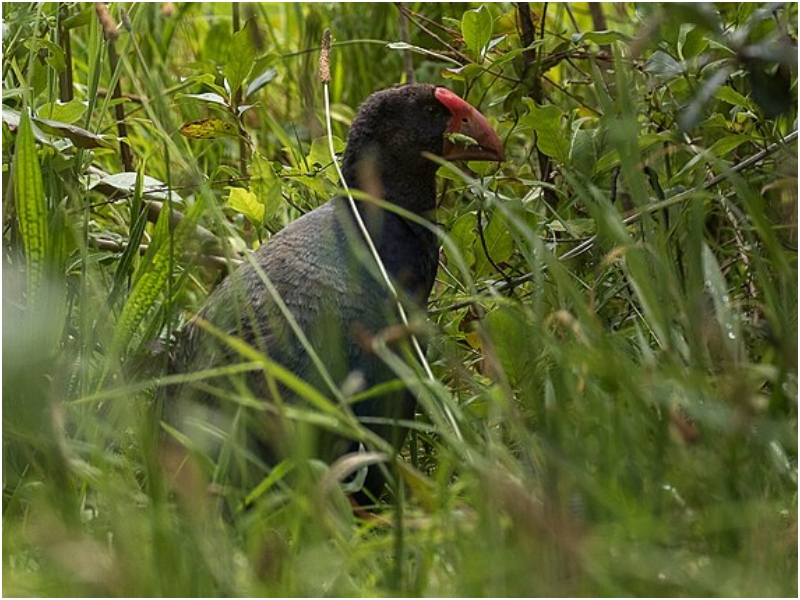
Source: Francesco Veronesi / wikicommons
For centuries, the stunning bird, with its dark blue feathers, whitetail, and teal green back, was hunted by the Maori tribe until the fascinated Europeans classified it. Of the 300 Takahes in existence, 30 were released into the wild in 2018 to restart the population and keep them from becoming extinct again.
New Caledonian Terror Skink
We bet the name Terror Skink is so distinct that it will forever ring a bell once you’ve heard it. The lizard itself is even more memorable with its sharp curved teeth. An inhabitant of New Caledonia in the Pacific Ocean, the scientists discovered its Fossil specimens in 1867.
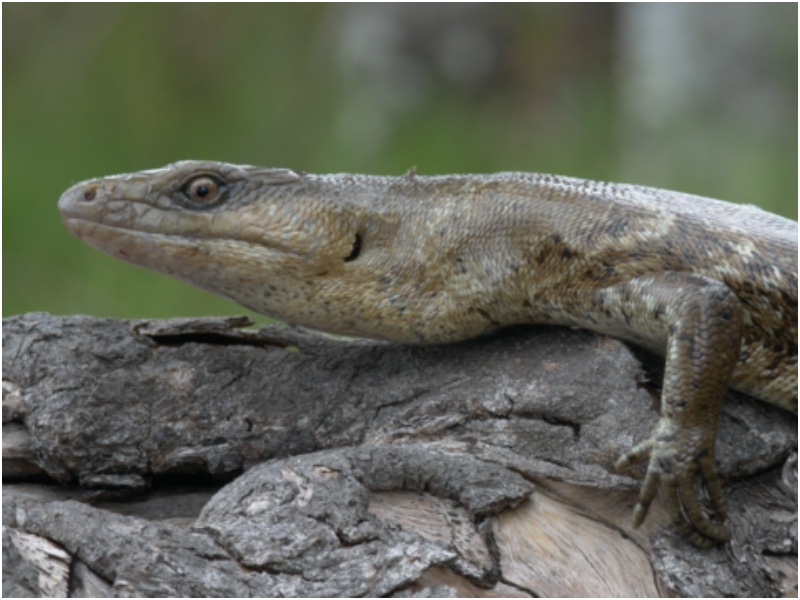
Source: DECOURT Théo / wikicommons
Since it was considered extinct, no one expected to find a live one in 1993. A decade later, a French Museum Authoritative came upon another, and since then, a number of them have been found; the latest one was spotted as recently as 2018.
Rediscovered Species Celebrated by Media
All of these rediscovered species, including the discovery of Cymatioa cooki, have been hugely celebrated by the media. Several publications carry news articles detailing the discovery with an in-depth account of the species and its origins. It spurs the science community to actively pursue such discoveries.
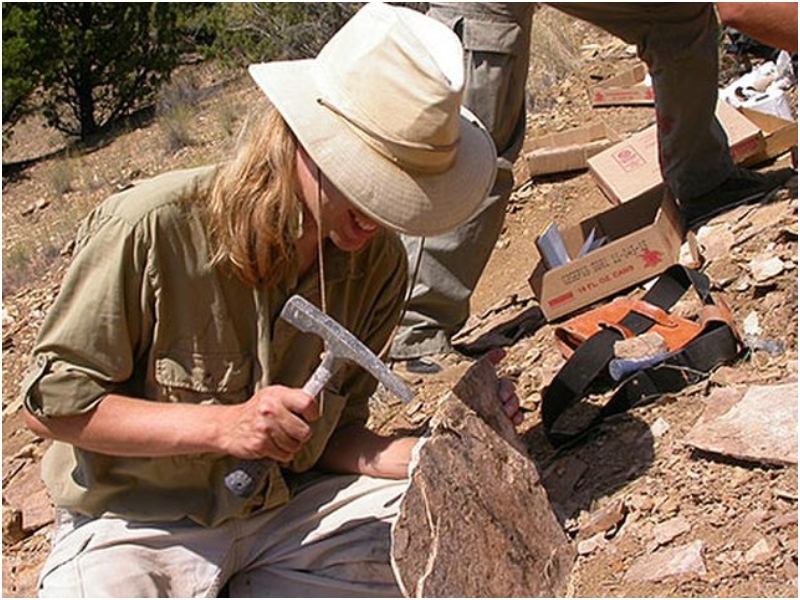
Source: NPS / wikicommons
Even the public notices the advancements made in the field of science that facilitate the research and study of new finds. People’s continued support is of utmost importance for any conservation effort made by the government concerning the rediscovery.
Pros and Cons of Media Attention
As with everything, the celebrations of rediscovery in the media have their pros and cons. The excellent press has often been a motivating factor for the public to support the conservation efforts by the scientific fraternity and the government. Yet, it could also prove to be detrimental.

Source: DLR German Aerospace Center / wikicommons
Excessive media attention can also be controversial, leading to unsupported optimism for the prolonged life of the rediscovered species. It might also mistakenly suggest that extinction is not much of a threat. Some of the extinct species make a brief reappearance only to disappear after the first sighting.
Cremation cooki, A Rare Find
Finding a species only as a fossil and then discovering it living peacefully amongst other organisms is genuinely precious in science. Hence, the Cymatioa cooki is an exquisitely rare find that the entire scientific fraternity has been rejoicing about since 2019.
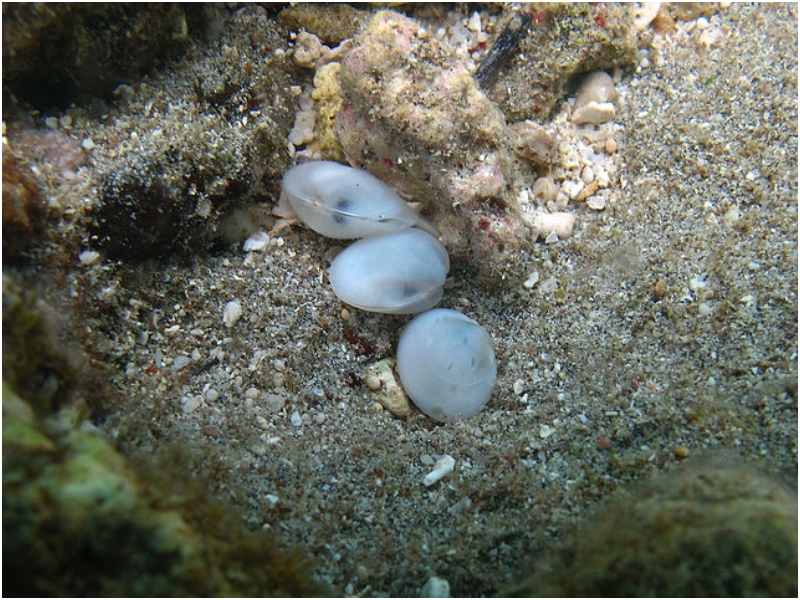
Source: Philippe Bourjon / wikicommons
It appeared out of nowhere, and its magical existence gives immense hope to scientists for further discoveries. According to David Jablonski, a University of Chicago paleontologist who wasn’t part of the research, it’s extremely rare to find something as a fossil and then see it as a living organism.
Always More to Discover
Over the decades, the scientific community has rediscovered several species that have been presumed extinct. Modern scientists have their hands full with such recurrent discoveries, but all agree that there’s always more to find. Cymatioa cooki might be one of the latest fossils to resurrect from the d$$d, but we doubt it would be the last.

Source: Rhoda Baer (Photographer) / wikicommons
The celebrated reappearance of the clam after 40000 years has given researchers hope for the future, that extinct species would once again populate this Earth. So, at least unofficially, let’s wait to write off any creature as extinct.
